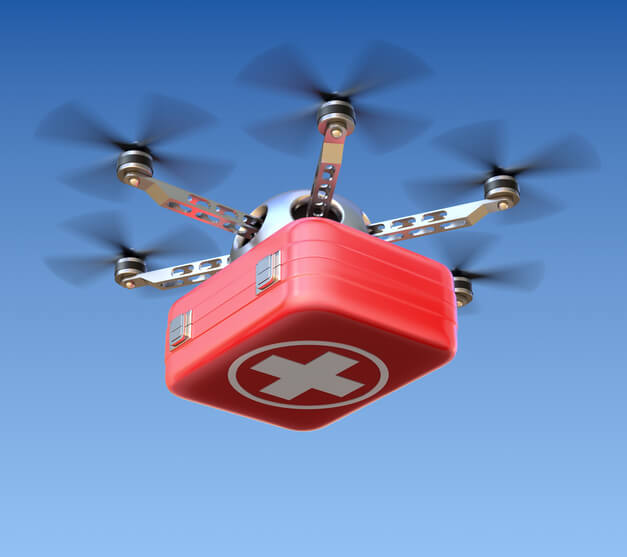To advance Kenya’s health sector, we must innovate. In innovation lies a world of possibilities especially for regions that are far flung.
The recent Malaria outbreak in Baringo and Marsabit should have been a wake up call.
In Marsabit according to WHO, 26 people died in the past one month. In Baringo, about 32 people lost their lives to the outbreak. Malaria is vicious and should be treated within 24 hours of its onset.
Now lets just imagine what a world of innovation could have done to avert these deaths.
Both Marsabit and Baringo are regions whose interior road infrastructure dates back to colonial times if it exists at all. When we boast about an improved road network, it is the one that serves big towns.
Therefore, access to rural communities is still a big challenge.
What if, there were drones that could be dispatched to these regions ferrying much needed drugs?
I am thinking about that passionate community health worker who is bridging a health gap in these communities. (Afyawatch covered the story of 26 year old Reuben Rotich here)
He/she is woken in the wee hours of the night ‘’daktari tuna mgonjwa’’ (doctor there is a patient here).
All the signs are there. This patient has Malaria. Subsequently, they community health worker realises that he is dealing with a much bigger problem.
He has a mobile phone. The kind where he has to get to a hill or a tree to call his bosses in the county headquarters. He gets a quick response ‘’we are sending more supplies’’
A drone is immediately dispatched and a team of professionals hit the road.The likelihood in this scenario is that, the medical supplies will reach the ground before the team that took the road get’s there. The community health worker, armed with the knowledge on administering the life saving drugs knows exactly what to do. Treat those affected.
Can you imagine the lives that could have been saved by having life saving medication as soon as this begun?
It is about time that we begun to embrace technological approaches to our problems making use of the human resource that we have.
Building roads will not take a year or two. Accessing communities cannot wait for grand promises on infrastructural development to be implemented especially during medical emergencies.
RESEARCHERS HAVE TESTED MEDICAL DRONES
The United States tested it’s first legal drone drone known as Flirtey in 2015.Covering distances that have been problematic can be solved this way as was proven by John Hopkins researchers who set a new delivery distance record when they transported blood samples in the Arizona desert. They covered about 270 KM. It took three hours to deliver the human blood samples.
This world of possibility must have been what Simon Berry had in mind when he approached the Coca-Cola’s distribution system to transport life-saving medicine to the places that need it most in Zambia. As an aid worker in the 80’s he saw the gaping gaps in the health sector in rural Zambia. His idea took time but it finally came to fruition and now the Coca-Cola’s distribution system is used to access communities that would otherwise be unreachable.
When we innovate, such kits would be easily distributed to those who need it
The same idea has been replicated in Tanzania.
The Kenyan health sector is diverse and vibrant. Such an investment cannot be seen from the lens of cost alone. It is important to explore the possibilities too.
What if county governments contributed to a kitty and owned the drone? What if there was an overseer committee that ensures that all the legal requirements are met and even seek other avenues of collaboration?
We shouldn’t be caught flat footed when health emergencies come knocking.
We do not have the luxury of waiting too. The time to innovate is now













